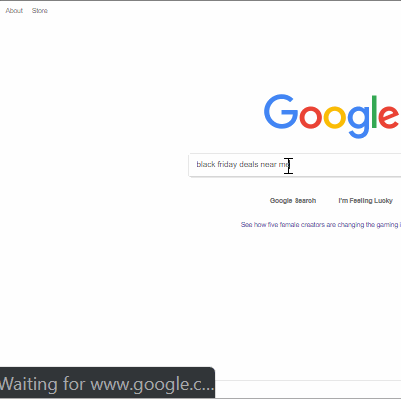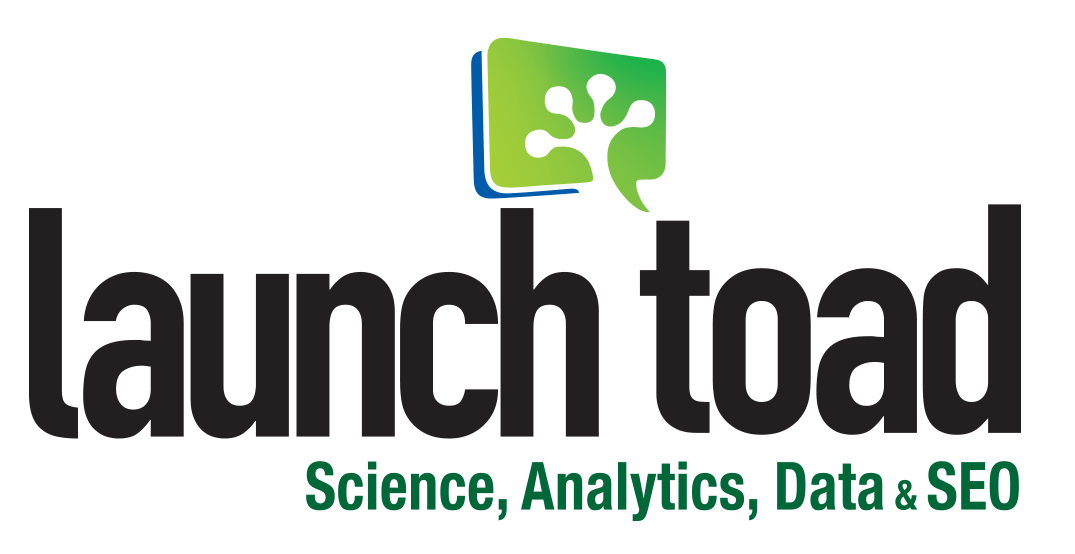Chicago – November 21, 2018
Quick recap – in part 1, we talked about crafting a great USP – your Unique Selling Position (https://www.cagoinc.com/blog/2018/10/25/are-your-google-ads-working) . Having a good USP will increase the chance that the right user clicks on your ad and ends up making a purchase.
But that’s just the starting point. There are a many more ingredients to making your Google Ads effective.

Search Network vs. Display Network – Most campaigns are set to run on both Search Networks and Display Networks, which can be a mistake depending on the type of product or service you are selling. .
Search Network comprises of Google Search and their smaller search engine partners. It is extremely effective to advertise on this network when you are targeting customers actively searching for a product or service. Another way to think of this product or service is that it is needed only at specific points in time, based on some event. For example handyman services like plumbers and electricians. They are only needed when there is a breakdown and there is a need for repair services.
Display Network comprises of Gmail, YouTube, and many more websites estimated to be over 2 million and that claim to reach over 90% of all internet users. Given the huge size of this network, it is effective to advertise when you are targeting general customers not actively engaged in searching for a product or service but going about their daily business of reading email, news, or watching videos on YouTube. It is great to promote brand awareness and make users familiar with your product or service – similar to newspaper, magazine, radio, TV, and billboard ads. For example Chicago style Deep Dish Pizza served at your local restaurant in Chicago.
When it makes sense to advertise on both networks, it is best to create separate network specific campaigns with their own budgets.
Choose Locations wisely – When targeting locations, the default option is “People in, or who show interest in, your targeted locations (recommended)”. However, if you want the ad to only show up for users physically searching in the region, then the better option is “People in your targeted locations”. It is especially true for businesses with physical presence and can save your budget for the “right” clicks instead of wasting them on the “wrong” clicks. If you serve Deep Dish Pizza at your restaurant in Chicago, then it does not make sense to show your ad to a user in San Francisco searching for Chicago style Deep Dish Pizza. They may click on your ad but it will most definitely not result in a sale.
Ad schedule – Should you run your ads all the time, or should you only show them to users on specific days and during specific hours? It depends on how users search for your product or service and you should see trends emerging within a few weeks. Your goal should be conserve budget during lean periods and go all out when you are most likely to get a conversion. Why serve an ad for a pizza at 2 am in the morning and when you can use the budget to bid higher for the number 1 spot at 6 pm which will most likely result in a sale?
Devices – Depending on where most of your clicks and conversions are coming from (Mobile phones, Computers, or Tablets), you can adjust the bids on those devices to be higher by a percentage amount (we use 10%). Again, you are maximizing your budget towards users who are most likely to click and convert.
Bidding strategy and Keyword management are elaborate topics that we will cover in future posts.
We prefer to use Google Ads as opposed to Google AdWords Express which is a simplified version of the full service Google Ads. While AdWords Express is quick to setup and automates campaign management, you lose some key capabilities and functionality which are essential to the success of your PPC marketing campaigns.
Good luck with your PPC campaigns during the holiday season and Happy Thanksgiving!
You can always contact us with your thoughts at info@cagoinc.com – we would love to hear from you.



